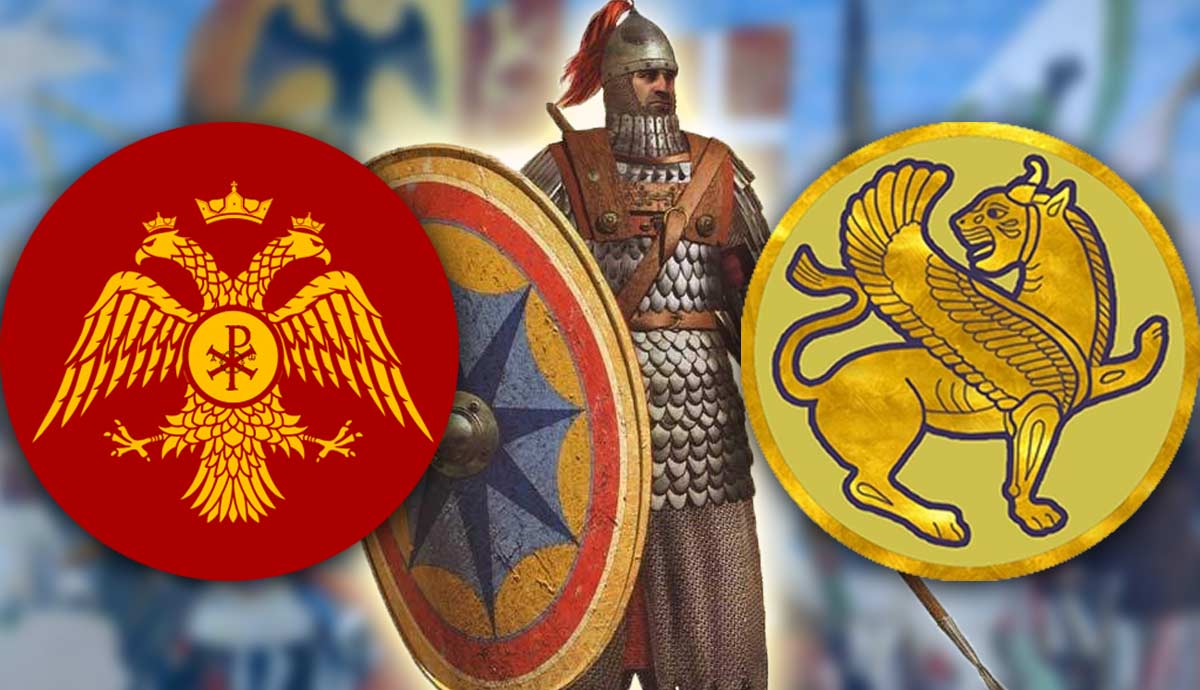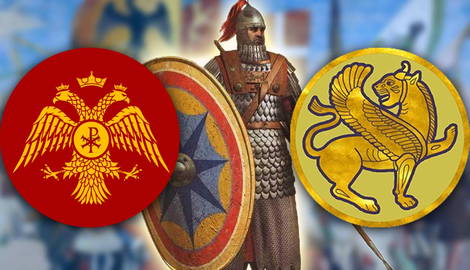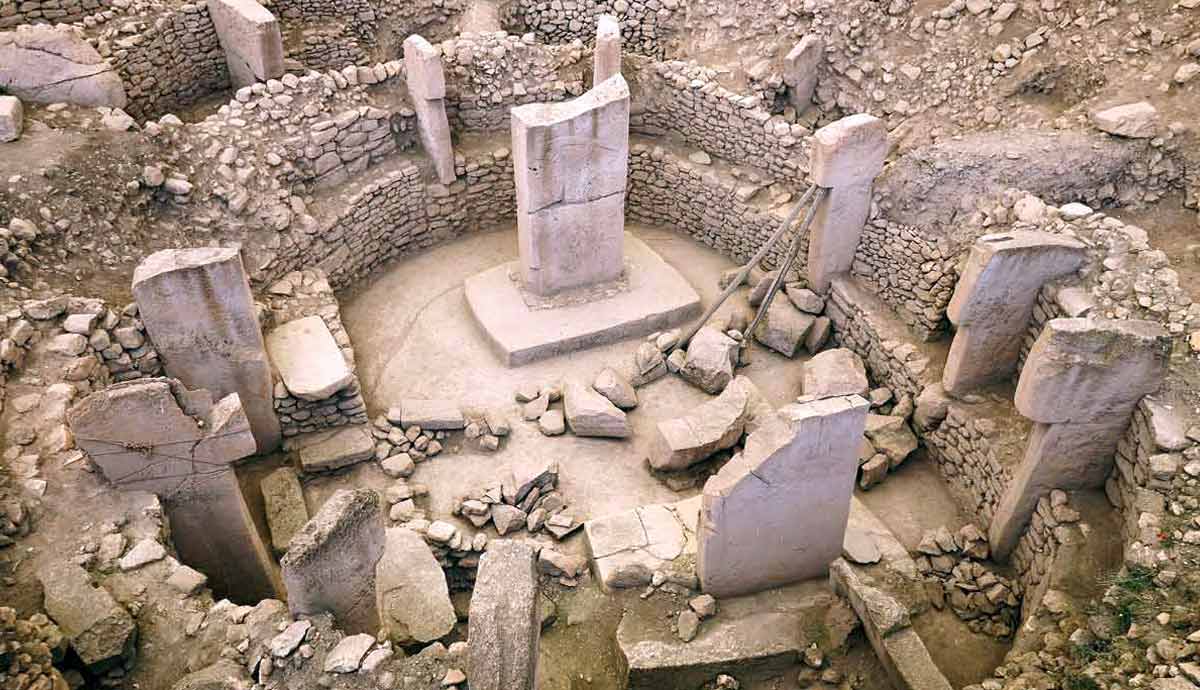
The Byzantine-Sasanian War that occurred between 602 and 628 was the final and most devastating phase of the Roman-Persian Wars. Dubbed the last great war of antiquity, the conflict led to the exhaustion of both the Byzantine and Sasanian empires and led to their collapse. A rare moment of friendship set the stage for the final war when the Byzantine Emperor Maurice helped Khosrow II, a Sasanian prince, to regain his throne in 591. The move created peace between them. That peace, however, ended violently in 602 when a general named Phocas mutinied against Emperor Maurice and murdered his whole family. Phocas soon took over the Byzantine throne.
How Khosrow II Avenged Emperor Maurice’s Assassination

Following Emperor Maurice’s assassination, Khosrow II saw himself as the avenger for his friend Maurice and launched a huge invasion to destroy the enemy. The first ten years of the war saw many Sasanian victories with the fortress of Dara also falling in 604. Persian forces soon took over Damascus and Antioch by 613. One of the most significant events during that time was the ransacking of Jerusalem in 614. During the invasion, the Sasanians took the True Cross which was a very important religious relic and also killed many Christians.
The cross was taken to the Sasanian capital of Ctesiphon where it was used as a symbol of Persian power. Following the victory, the Sasanians soon conquered Egypt in 619. It was a catastrophic loss to the enemy as Egypt was the Byzantine Empire’s source of grain. As such, the food supply to Constantinople from the region stopped. The situation caused famine and riots and by 621, Sasanian armies were right across the water from Constantinople. Following the conflict, the Byzantine Empire came close to a total collapse.HJ
How the Byzantines Made a Comeback

By that time, Heraclius had overthrown the incompetent Phocas in 610. He spent the next ten years trying to stabilize the state and even made a peace agreement with the Avars. In 622, he took the fight directly to the Sasanians after having left Constantinople well-defended. The Church helped to finance the war. Smelted gold and silver from the institution was used to pay for the expedition. Heraclius soon turned the conflict into a holy crusade as he wanted to get the True Cross back. For several years, he campaigned deep in enemy territory and finally outsmarted the Sasanian generals. The war reached its most dramatic moment in 626 when the Sasanians teamed up with the Avars.

A huge Avar-Slavic army surrounded Constantinople on land as they wanted to attack together. However, their plan failed and the Byzantine navy destroyed the Avar fleet in the Golden Horn causing the Avars to give up. This was a major turning point. In December 627, his army met the main Sasanian force near Nineveh. According to historical records, he fought in the front ranks and personally killed the Persian commander following a one-to-one duel. The Battle of Nineveh was a huge Byzantine victory as it shattered the Sasanian army. Khosrow II was murdered a few months later and his son, Kavad II, soon asked for peace. The move ended the 26-year war.
How the Islamic Armies Conquered the Byzantines

Heraclius was the winner on paper as he had saved his empire and returned the True Cross to Jerusalem in 630. The victory, however, was completely hollow as both empires were exhausted. The long war had drained their economies and vast territories were unproductive for over a decade. Generations of soldiers had also died and many of their best army leaders were gone. The Sasanian Empire soon fell into a civil war and had a dozen rulers in four years.
The Byzantines, on the other hand, were more stable but their authority in provinces like Syria and Egypt was frayed. Soon, a new power emerged to fill the vacuum. While the two empires fought, the Prophet Muhammad was uniting the tribes of Arabia and a new and highly motivated power was growing in the Arabian Peninsula.
When the Arab Conquests Began

Arab Muslim conquests began around 633 and the results were stunning. The Muslim Arab army destroyed the main Byzantine army in 636 while another Arabian army group destroyed the Sasanian forces in the same year, leading to the fall of their capital. By 651, the Sasanian Empire was completely gone. While the Byzantine Empire survived, its territory was much smaller as it had lost Egypt and the Levant. As such, the war of 602 to 628 had changed the ancient world. By fighting to a stalemate, the Byzantines and Sasanians had set the stage for a new regional Islamic power.







